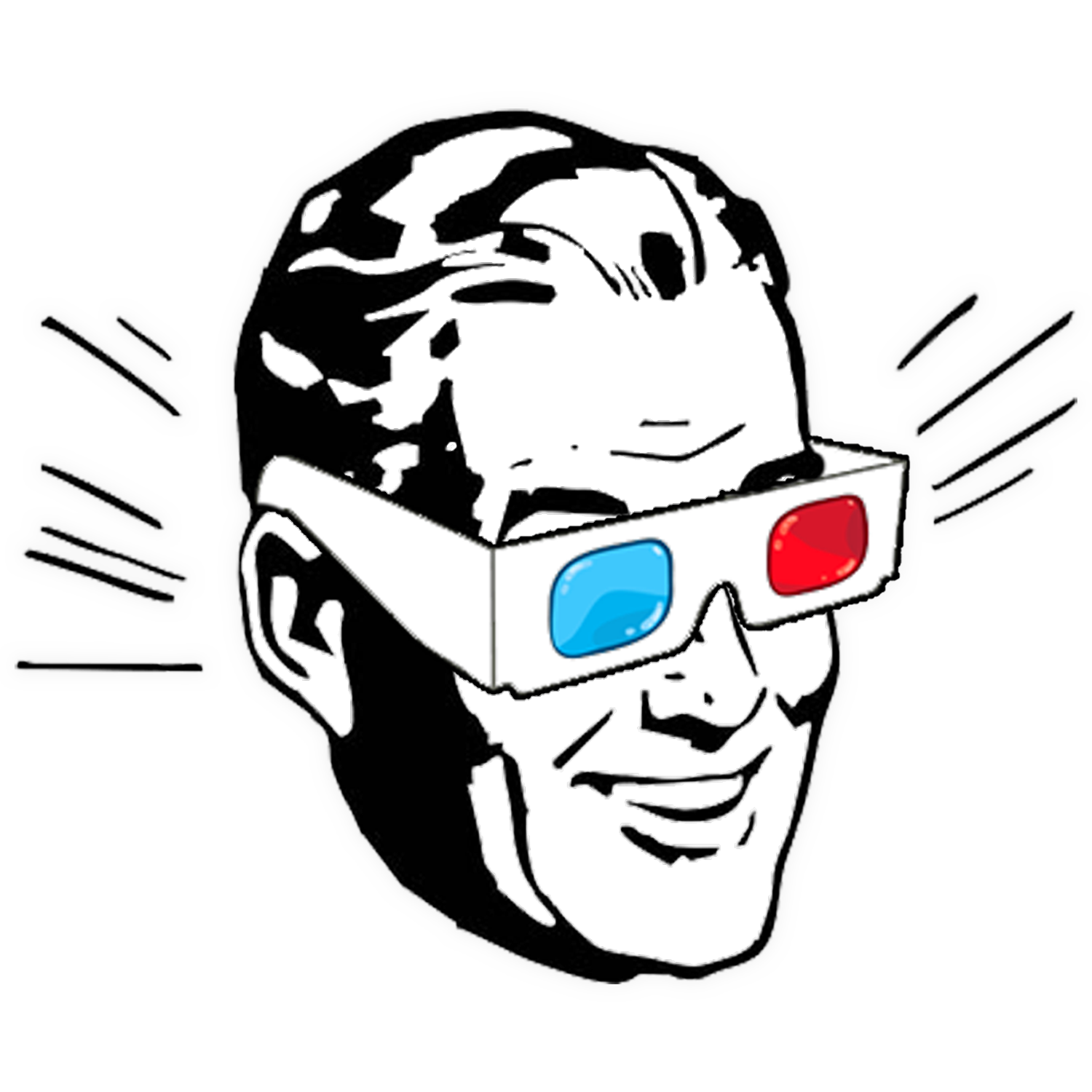
Exposing Muybridge
August 10th, 2022
MOVIE: EXPOSING MUYBRIDGE
STARRING: GARY OLDMAN, TOM GUNNING, EADWEARD MUYBRIDGE
DIRECTED BY: MARC SHAFFER
AMovieGuy.com’s RATING: 3 ½ STARS (Out of 4)
One of the great pleasures of Jordan Peele’s recent film Nope is its subtle exploration of the African American contribution to film history. Emerald, the character played by Keke Palmer, says the image of a man riding a horse, in what is considered to be one of the earliest motion pictures ever shot, was that of her great, great, great-grandfather. It’s a fascinating, if partially fictionalized, detail in cinema’s history. The hope is that it should spark a curiosity to learn more from the fascinating new documentary Exposing Muybridge.
The subject matter traces the background of the man responsible for creating those images, Eadweard Muybridge. The film, which won a Documentary Screenplay award from the Writers Guild of America earlier this year, was written and directed by Marc Shaffer who assembles a number of notable photographers, art historians (including one of my graduate school professors, Tom Gunning) and Oscar-winning actor/collector Gary Oldman to discuss this long forgotten figure in photographic and film history.
It is notable that none of the interviewees are Black though and none of them mention that the figure on the horse was Black, according to Peele’s film. In fact, the historical record suggests that the rider was possibly a white man in silhouette. Muybridge, after receiving notoriety for his photos of this “horse in motion,” only later created an animated version of his galloping images featuring what appears to be a Black jockey in an 1887 book called Animal Locomotion.
The lack of this information in Exposing Muybridge though doesn’t take away from the details of the photographer that is the subject of the film. Shaffer includes a plethora of Muybridge images, including his extensive work capturing landscapes in Yosemite. He also provides plenty of examples of Muybridge’s early 3D or “stereoview” photos, along with his trademark use of size and scale, early Alaskan subjects, propaganda-related images, and Native Americans as subjects. Shaffer and his interviewees also illuminate how Muybridge collected his images on discs which were later projected on screens.
It’s quite fascinating and more controversial to learn that Muybridge may have been one of the early manipulators of photographs. He often added backgrounds and put images together that were shot at different times. Today we regularly lighten and color correct our still and moving images within our own cell phone cameras. We can also edit films in ways that completely transform the ideas created by photographic images. Even before a time when it was convenient, one could say that even Muybridge was using filters, an early nugget that would be a standard in photo taking.
But the most interesting section of this film is about the creation of the “horse in motion” images. Muybridge worked with scientists, zoologists, and one significant American industrialist and politician, Leland Stanford, to examine animal and human motion. The film recounts the interest people had in not only creating photographs of a horse with all hooves off the ground but also the human body in motion. While Stanford would later say that Muybridge was not involved in the horse images, Muybridge did later publish the aforementioned book of his other works. Most of the photos were of nude men and women with the intention of illustrating how a human body moves using individual images put together in rapid succession.
A couple of the interviewees here suggest that Muybridge may have in fact started our fascination with motion picture stories and sex on screen. This may or not be true but there is an abundance of such images that pre-date the work of heralded early film pioneers Thomas Edison and the Lumiere Brothers. I’ve shown many of these in my history of film courses over the years without having the knowledge that Exposing Muybridge provides about Muybridge’s contributions to the medium. His name was simply not part of the legends of film history.
While Shaffer doesn’t include much information about the African American contribution to cinema, he does provide enlightening information about how Black models were used in the many studies Muybridge and his research colleagues conducted to examine racial, class, and gender differences in movement. While much of this research might be considered racist and sexist today, it is interesting to hear that these studies were even explored in the late 19th Century.
It is for these reasons that I highly recommend Exposing Muybridge. It provides details about photography and the history of the moving image, subjects shot, techniques used, and social/political movements that shaped the medium of film as we know it today. It also brings Eadweard Muybridge to the forefront as a true innovator in the history of the visual medium.
EXPOSING MUYBRIDGE IS CURRENTLY AVAILABLE FOR RENTAL ON AMAZON PRIME.
3 ½ STARS
Written by: Dan Pal
djpal1@aol.com








